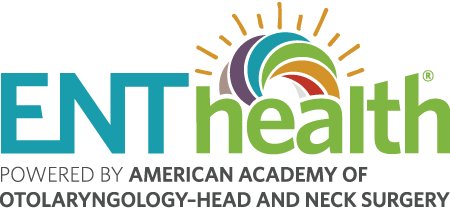Menu
FAQs: Rhinoplasty Patients with Obstructive Sleep Apnea (OSA)
Should I Bring My CPAP with Me to Surgery?
Depending on the type, extent of your surgery, and if you will be staying overnight in the hospital, your surgeon may or may not have you wear your CPAP1. To be prepared, you should bring your CPAP with you, but understand that you may not use it immediately after surgery.
When Should I Resume Using My CPAP?
When to resume using your CPAP depends on the type and extent of your surgery. Because this decision is individualized, you should ask your care provider about the appropriate timing to resuming your CPAP use.
If I Cannot Use My CPAP, What Are My Choices?
You may be able to continue using your CPAP but with a different mask. Other treatment options range from avoiding sleeping on your back (using various barrier devices) and sleeping with the head of the bed elevated, if possible. Other treatment options may also include using a mouth-piece designed to thrust the lower jaw forward or an implanted stimulator. These latter options will often need several months to coordinate care and will need to be planned accordingly.
Your sleep medicine care provider may discuss the appropriateness of these options with you. While some patients may use oxygen alone, this may not be appropriate for most patients with sleep apnea.
Will Surgery Help My Sleep Apnea?
There is a possibility that the severity of your sleep apnea may improve slightly and the required pressure on your CPAP may be reduced, but this is not consistently the case.
Source
Ishii LE, Tollefson TT, Basura GJ, et al. Clinical Practice Guideline: Improving Nasal Form and Function after Rhinoplasty. Otolaryngol Head Neck Surg. 2017; 156(2_suppl):s1-s30.
1Continuous positive airway pressure (CPAP) device—these questions apply to any positive airway pressure devices such as bilevel positive airway pressure (BiPAP), adaptive servo ventilator (ASV), average volume-assured pressure support (AVAPS), intelligent volume-assured pressure support (iVAPS), and Trilogy.
Related Conditions
The information on ENThealth.org is provided solely for educational purposes and does not represent medical advice, nor is it a substitute for seeking professional medical care.
Copyright 2025. American Academy of Otolaryngology–Head and Neck Surgery Foundation

